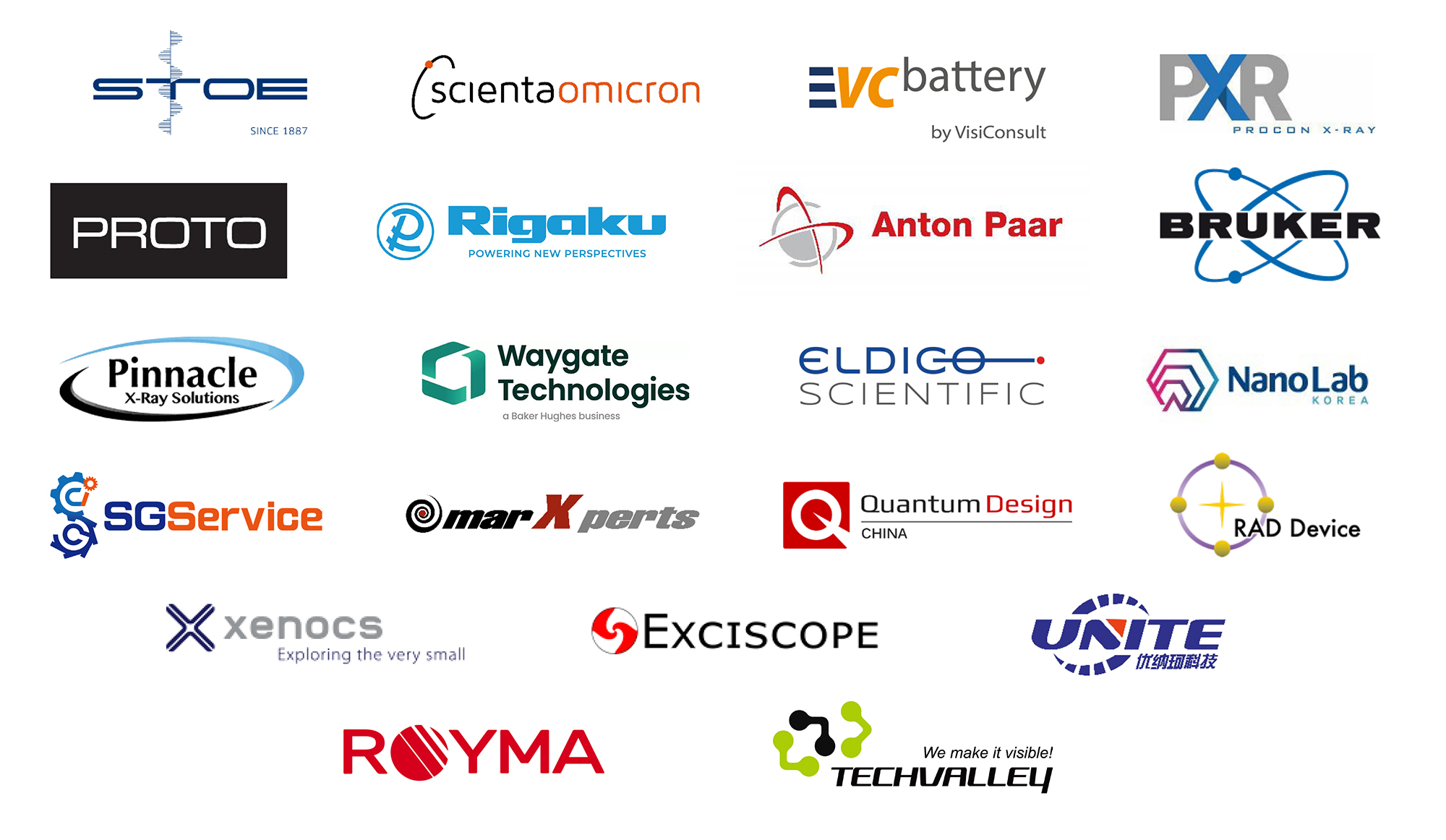X-ray generators
Excillum is a leading company in the field of high-end microfocus and nanofocus X-ray generating sources. We offer the MetalJet source, based on the company-founding metal-jet-anode technology, and the NanoTube source powered by our refined e-beam technology.
Today, 100+ Excillum X-ray sources are proven in various applications and X-ray techniques, achieving unparalleled brightness and resolution to enable new science, improve medicine and enhance manufacturing.
MetalJet
At the heart of Excillum’s offering are the MetalJet X-ray sources based on our unique liquid-metal-jet anode technology. The metal-jet technology enables significantly higher brightness and smaller spot sizes than any other available microfocus X-ray source, achieving the closest possible to synchrotron performance in the home lab.
The world's brightest microfocus X-ray source
The Excillum MetalJet E1+ 160 kV is our latest addition to our high-brightness MetalJet series of X-ray sources. At 1000 watts, the new MetalJet E1+ delivers 17 times more X-ray flux across a broad spectral range compared to a 30 W conventional tungsten-solid-anode microfocus source with the same 30 µm spot size. In the spectral range of 24-29 keV where the indium and tin characteristic emission lines are present, the flux advantage is as high as 100 times.
Built for 24/7 continuous performance
The MetalJet E1+ is designed for high-throughput, 100% duty-cycle operation with up to once-per-year preventive maintenance cycles. This eliminates the need for frequent filament changes as required by traditional tubes.
Sub-µm positional stability
Although running at a high thermal load of 1000 W, the MetalJet E1+ maintains a positional stability of below 1 µm during continuous long-term operation.
Unprecedented 24 keV indium Kα emission
For applications requiring focused or collimated high-energy monochromatic radiation, the MetalJet E1+ delivers unprecedented power into the 24 keV indium Kα emission lines.
MetalJet series
MetalJet E1+ 160 kV
MetalJet D2+ 70 kV
MetalJet D2+ 160 kV
MetalJet C2
NanoTube
The NanoTube is based on advanced electron optics refined from the workhorse MetalJet e-beam platform and the latest tungsten-diamond transmission target technology. Automatic e-beam focusing and astigmatism correction ensures that the smallest possible, truly round spot is achieved at any voltage and current setting.
The world's smallest X-ray nanospot
The Excillum NanoTube N3 enables industry-leading 150 nm resolution in geometric-magnification X-ray imaging systems up to 160 kV depending on source model. High flux and exceptional spot stability make the source ideal for demanding 3D computed tomography applications as well as 2D imaging in both industrial and research environments.
True round spot
The NanoTube gives superior spot quality with automatic e-beam focus of true round spots. The true round spot of the NanoTube N3 is demonstrated by the highly symmetric images of a Siemens star resolution target.
Long term positional stability
Thanks to the advanced e-beam system of the NanoTube N3 and the integrated thermal control, excellent long-term stability is achieved.
Excellent geometrical access
The end of the transmission target is the most protruding surface to allow for a sample to get as close as possible to the X-ray focal spot. The front is furthermore cone-shaped to allow for a sturdy cone-shaped sample holder.
NanoTube series
NanoTube N3 60 kV
NanoTube N3 110 kV
NanoTube N3 160 kV
Contact us about our X-ray sources
What some of our customers say
The higher X-ray flux enables new types of experiments that were not feasible to do in a laboratory before and we can even do measurements in the time range of seconds and thus be able to repeat it many times to get better statistics.”
Professor Jan Skov Pedersen
Because we’re doing imaging where we scan a sample through the focused beam spot, any fluctuation in the intensity of the beam will be visible as an artifact in the image. So we’re very sensitive to this, and our imaging has proved to be just brilliant. It’s clearly the best quality XRF imaging with any source.
Chris Ryan
With both sources it’s clear that we can really make the full transition from absorption-based imaging to phase-contrast imaging for very challenging samples. And this is what we want to continue, to push the limits of the technology and the application.
Prof. Dr. Tim Salditt
Whereas a typical CT scan only lasts three to five minutes, some of these devices we end up testing for weeks. So in that case, you need a continuously running source that’s able to manage that imaging demand. No other sources really last that long. That’s a pretty clear benefit for us.
Dr. Isaac Pinar
…with the old source you had to collect one full data set overnight… Now, with the MetalJet, it took less than an hour even for an extremely small crystal.
Na Yu, Senior XRD Engineer
Our own instrument allows us to do in-house dispersive X-ray emission from 2.3 keV, which is lower than what we’ve ever measured at a synchrotron. It gives us a much larger accessible energy range and, of course, we have access to it 365 days a year, as opposed to a few weeks a year. So, it really changes how much exploratory research you can do, how much you can test ideas, and so on.
Professor Dr. Serena DeBeer
